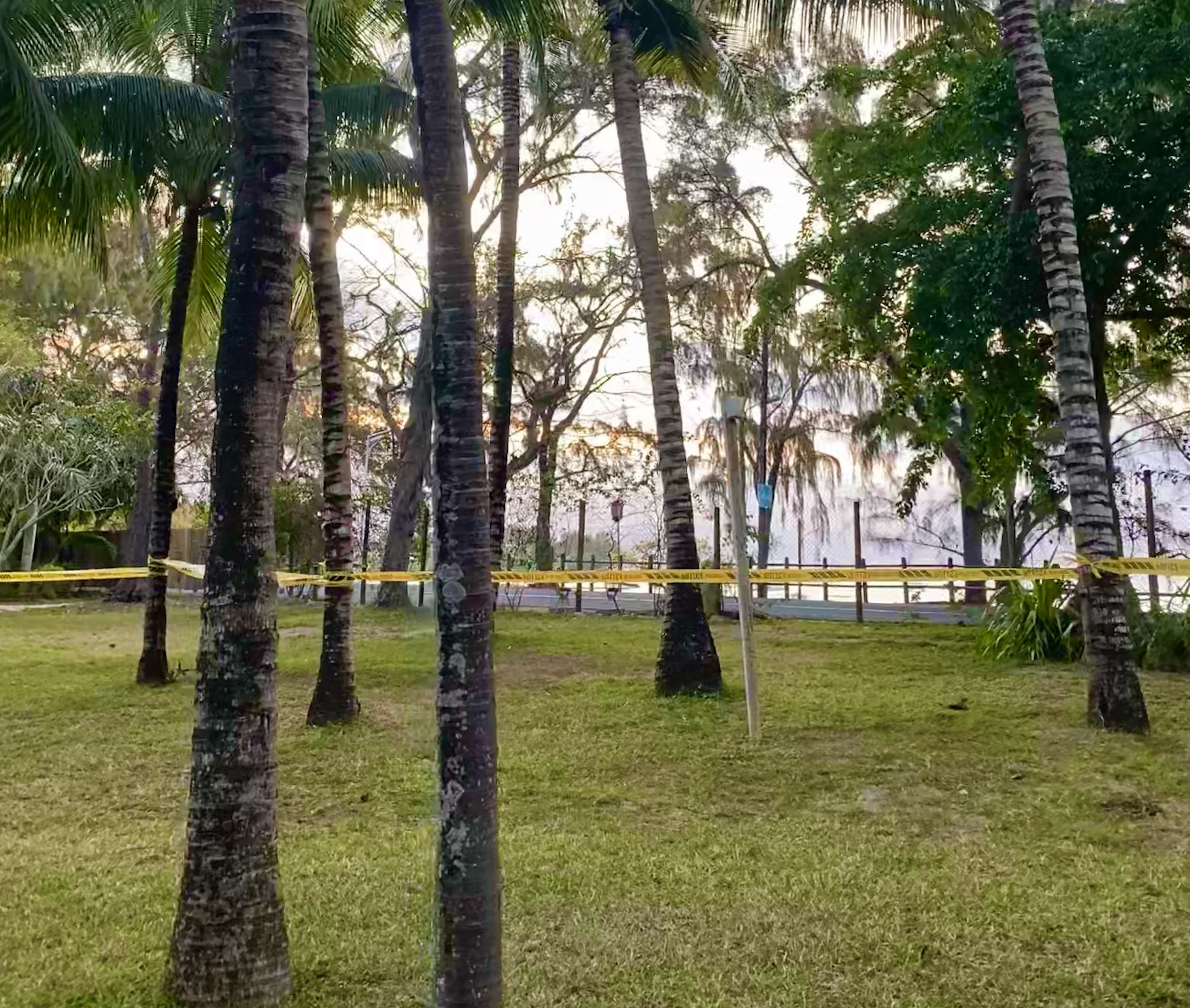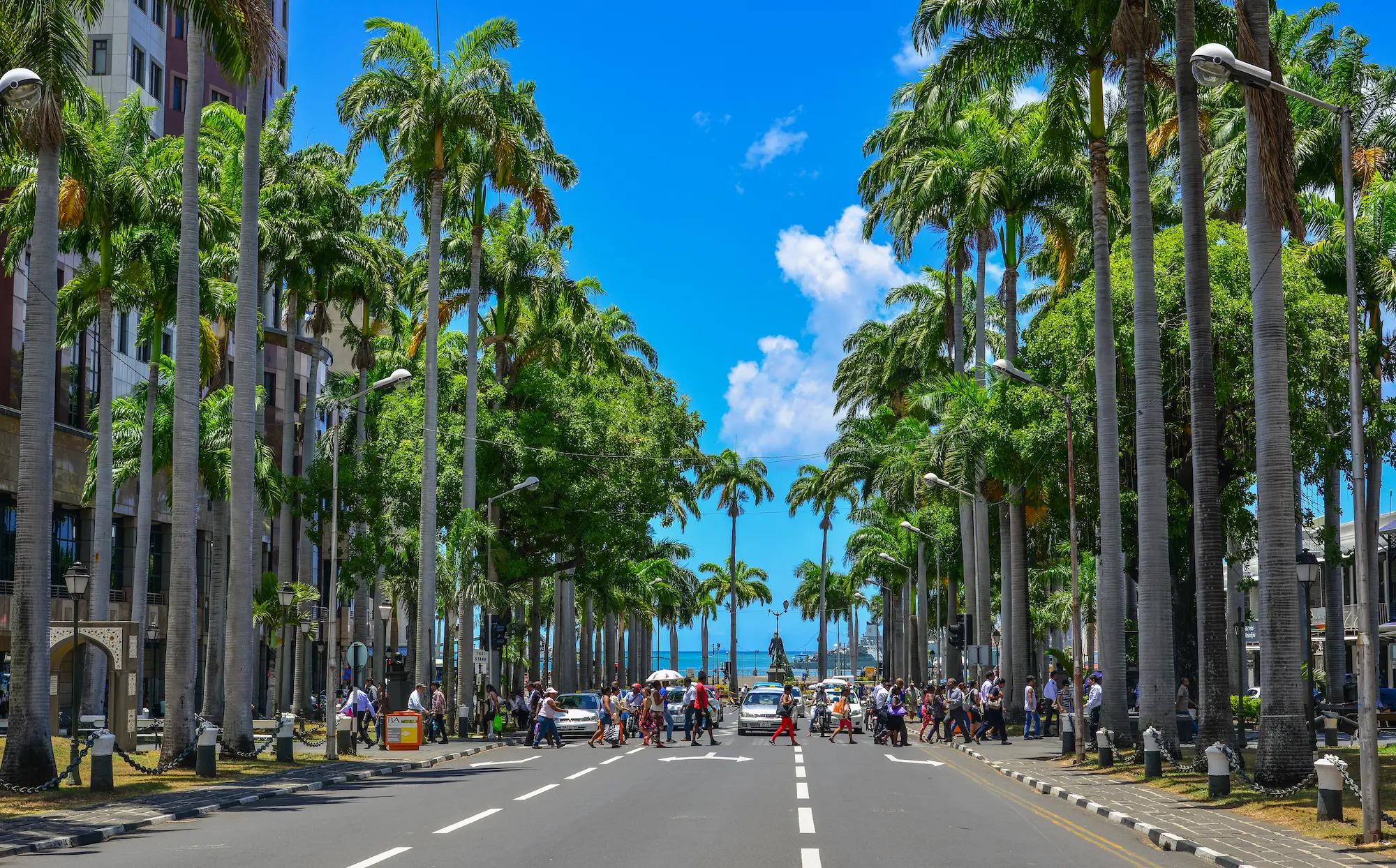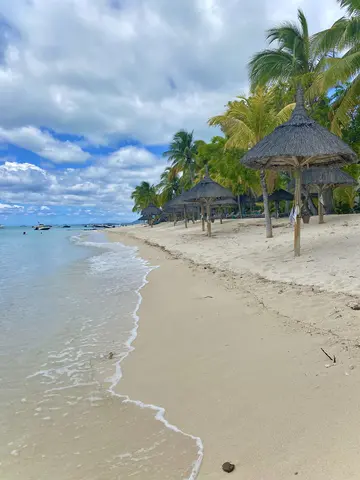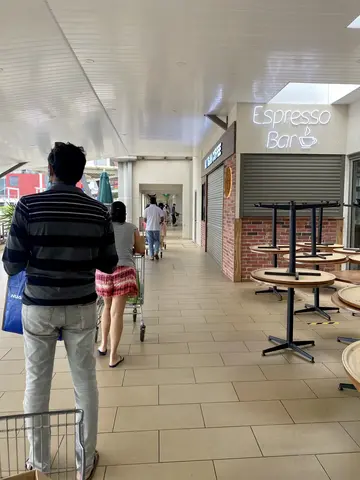
2020
- March 18: First three cases are confirmed among 1.27 million people.
- March 19: First lockdown begins, and borders close.
- March 22: First person dies of COVID-19; 10 total will die in 2020.
- June 12: Zero cases are detected. Lockdown ends.
- Oct. 1: Tourists, residents, and citizens are able to return.
2021
- March 5: 50,000 Mauritians are vaccinated.
- March 9: Second lockdown is announced.
- April 3: Mauritius expects 1,907,630 doses of the vaccine.
- April 9: Active cases peak at 443.
- April 12: Three die.
- April 26: One dies, bringing the total to 7 in 2021.
- April 30: Mauritius reaches 1,203 cases of COVID-19.
- May 11: Cases decline to one new and 114 active.
- May 26: The death rate from COVID-19 in Mauritius is 1.2 per 100,000 people, compared with 176.7 in the United States, the CDC reports.
For months, the island nation of Mauritius, 1,200 miles from the southeast coast of Africa, was one of the few coronavirus-free places on Earth.
Yet early in the pandemic, the World Health Organization had warned that due to Mauritius' high density of population, proportion of elderly residents and rate of chronic diseases, it was among the African countries "most at risk of a public health disaster due to COVID-19."
Mauritius avoided that dire prediction and has achieved an infection rate of 96.1 per 100,000 people -- 100 times lower than in the United States, according to the U.S. Centers for Disease Control and Prevention (CDC).
How did it do it? At great economic cost, it closed its borders, locked down residents and—once it partially reopened—quarantined new arrivals.
As a consequence of the shutdowns, the country’s tourism-dependent economy contracted by 15 percent—compared with a decline of 3.5 percent in the United States—in 2020, according to the African Development Bank Group. With white-sand beaches, crystal-clear waters, and diverse landscapes, Mauritius depends on tourism for about a quarter of its economy, drawing 1.4 million tourists visiting annually, according to its Ministry of Tourism and Economic Development.

But Mauritius’ death toll from COVID-19 is 1.2 deaths per 100,000 residents, drastically lower than the 176.7 per 100,000 in the United States, the CDC reports, even though the United States now has a much higher rate of vaccination than Mauritius.
As in the United States, Mauritians continue to differ on whether the government’s response was the right one. Here’s how the government reacted and what Mauritians from different walks of life had to say as the pandemic unfolded.
At great economic risk, the government took swift action to stop the spread of COVID-19. The isolated island created a place of refuge for its 1.27 million inhabitants after the government began the first lockdown on March 19, 2020, not letting anyone in or out of the country.

Mauritians were allowed to leave their homes only to go to the grocery store or pharmacy at staggered times in order of last name. Because of the strict rules from the government and the cooperation from the citizens of Mauritius, the island was able to end the lockdown on June 12, 2020, after no cases were detected for several weeks.
“After the 2020 lockdown, things calmed down a bit, but a lot of workers saw a reduction in their income and unemployment increased. Before COVID-19, 17% of Mauritians reported feeling food insecure. No survey has been done after that, but this number must have increased dramatically due to the reduction in income but also the inflation,” said Rebecca Espitalier-Noel, director of FoodWise, an NGO that fights food insecurity in Mauritius.
The attitudes of Mauritians were split when the government announced on Oct. 1, 2020, that Mauritian nationals, residents, and long-stay tourists would be allowed entry to Mauritius.
If someone wanted to travel to Mauritius, they were required to take a COVID-19 PCR test before arrival to Mauritius, have confirmed accommodations, plus complete passenger health declaration and locator forms.
One issue is that many Mauritian residents have not been able to return to the island due to the high cost of the government-mandated quarantine at a hotel.
“I have friends who are citizens of Mauritius who were supposed to come but they could not come because of the additional cost of quarantine,” said Akhil Bali, a Mauritian citizen who lives in Canada and quarantined in government-mandated hotels to visit his family.
Mauritian travelers have the option of quarantining at hotels, ranging from a five-star hotel costing more than $8,700 to a two-star hotel costing $743 for a full-board, 14-night stay. Tourists have to dish out between $1,000 and $10,650 before their vacation even begins.
“The cost for quarantine alone can be very off putting to tourists who usually do not vacation longer than two weeks,” said Canadian tourist Miguel Art, who visited Mauritius from November 2020 through January 2021.
Many businesses are still feeling the effects of the lack of tourists and want the government to ease restrictions.
“A significant amount of the scuba diving industry is dependent on tourists. According to the Mauritian Divers Club, of all the dive tourists who come to Mauritius, 97 percent come from European countries, and the average stay is about 15 days. Mauritians alone would not be able to sustain or support the industry here,” said Leah Sampson, a resident and diving instructor who is unable to find work because of the pandemic.
But then, in late February, news started to spread on the island that some locals had tested positive for COVID-19. Prime Minister Pravind Kumar Jugnauth announced on March 9, 2021, that Mauritius would enter a 15-day lockdown. "This containment became necessary after the appearance of four new local positive cases of COVID-19, bringing to 14 the number of local positive cases registered since March 5."

Locals say this second lockdown showed the fragility of even what seems to be a COVID-safe place.
“I think we need to open up, but we need to do so carefully,” said Mauritian businessman Waleed Rawat.
Critics of lockdowns point to what happened in Mauritius as evidence that even the strictest of quarantine orders don’t work forever. If a lockdown doesn’t work on a small island nation, they ask, how can it work in a country such as the United States, or India?
Others say the experience in Mauritius shows the importance of vaccinations for overcoming the COVID-19 pandemic.
“I got my vaccination before the latest COVID outbreak, and there were very few people getting vaccinated,” Sampson said.
Comparing cumulative doses delivered per 100,000 people, Mauritius is at about 17 compared with 86 in the United States, as of May 26, 2021, according to the CDC.
Currently, the government is enforcing a strict lockdown with the same rules as the one in 2020. Only essential workers are allowed to go to their jobs. This is having a significant human toll, people on the island say. “The need for food assistance has been multiplied by at least 10. FoodWise has received urgent demands for more than 5,000 families. As of March 25, 2021, we have redistributed 30 tons of food, the equivalent of 120,000 meals,” said Espitalier-Noel.
New restrictions have been put in place. Some cities are being completely cut off from the rest of the island because of their number of infections.
Akhil Bali, who thought he would be vacationing in a COVID-free place, ended up in a COVID hotspot during his vacation in Mauritius after a new lockdown. Bali is a Canadian tourist, who planned to stay to catch up with friends and explore the island for six months.
“Everything was open when I came here, and now I am stuck in my house,” he said.
“We can’t leave Curepipe,” a town of 78,618. “They blocked all of the exits to the highways; you can’t get in or out,” Bali added.
The government has emphasized the importance of vaccination in the fight against COVID-19. Front-line workers are required to get vaccinated.
The prime minister and his cabinet got vaccinated on March 6, encouraging other Mauritians to follow.
“We cannot remain closed forever. The tourism sector is affected by this virus, and we must achieve 60 percent immunity among the population,” said the prime minister.











